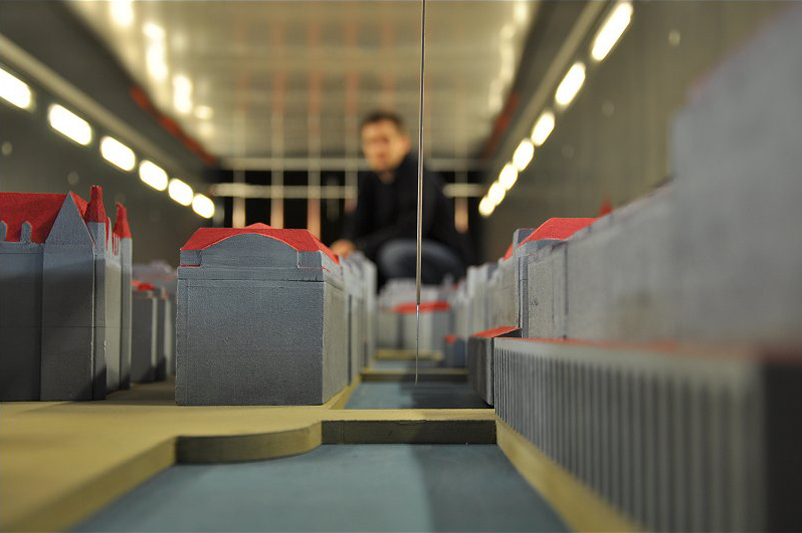|
|
| METHODS OF INFORMATION ACQUISITION FOR PLANNING
(MEASUREMENTS, WIND TUNNELS, NUMERICAL MODELLING) |  |
| | | |
 4.2.2.3 Measurement of Concentration Distribution in Dispersal Experiments 4.2.2.3 Measurement of Concentration Distribution in Dispersal Experiments |
For a quantitative determination of air pollutants in the wind tunnel, tracer gases like CO2, sulphur hexafluoride (SF6) or HC are used to simulate pollutant sources. Samples are taken at the desired immission measuring points and analysed in order to determine the concentrations depending on other parameters like wind direction and wind speed. Analytical equipment like the fast FID (using HC as tracer) allows for a high temporal resolution of the concentrations (Figure 4/13).
Generally, boundary layer wind tunnels can only simulate neutral thermal stratifications of the atmosphere. This restriction especially concerns the examination of nocturnal cold-air flows.
|
|
| | | |
 |
| Fig. 4/13: Cannula of a fast-FID in the HH model, Source : University of Hamburg , Institute for Meteorology |
|
